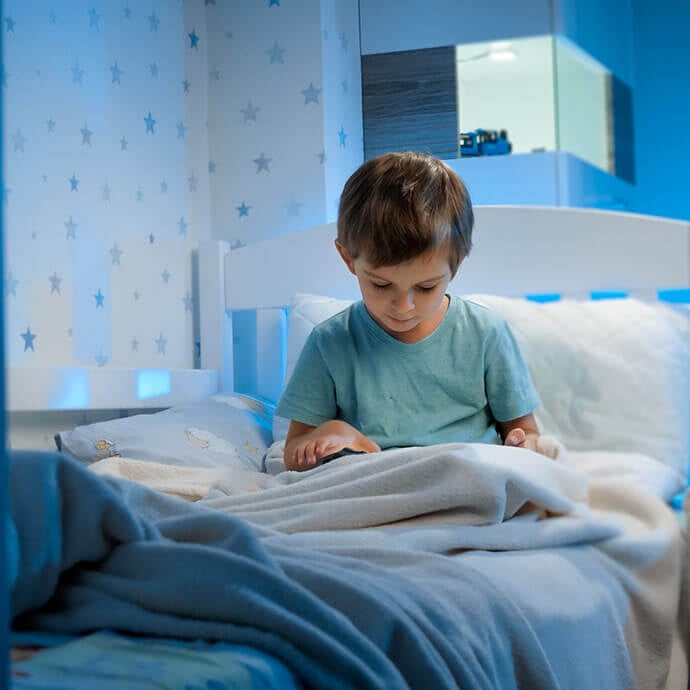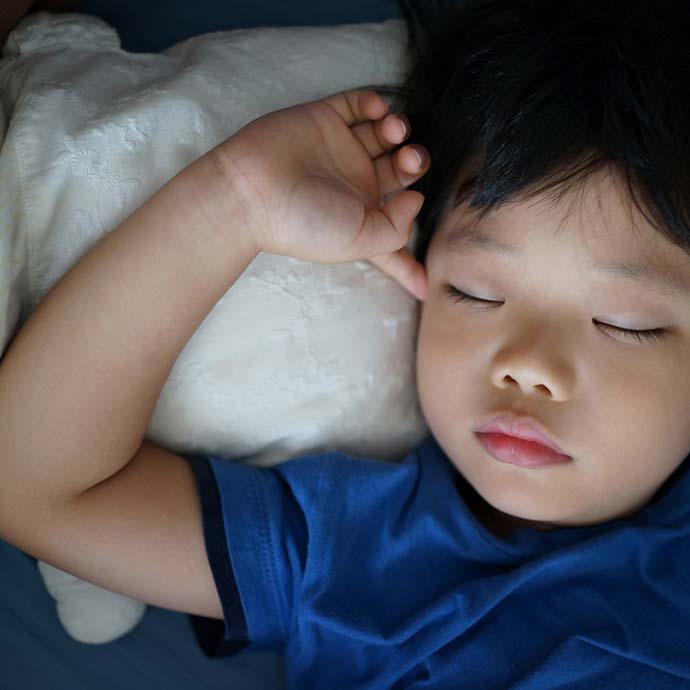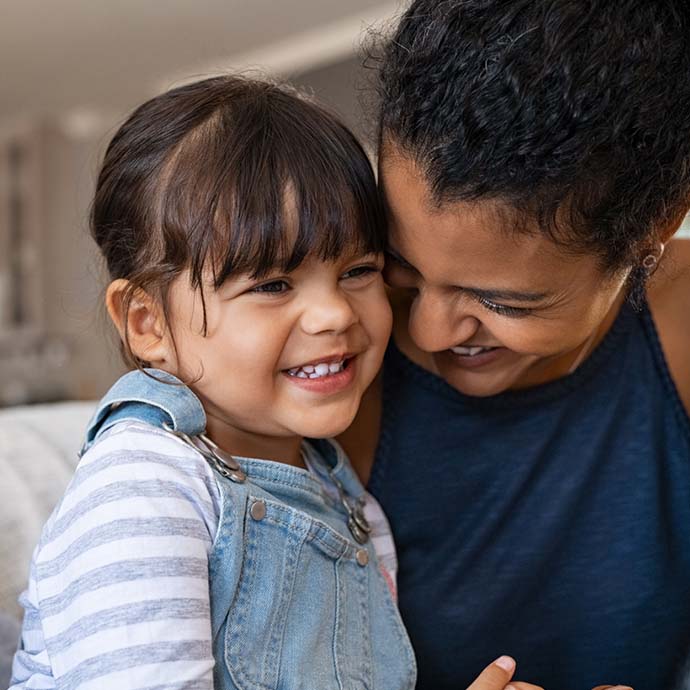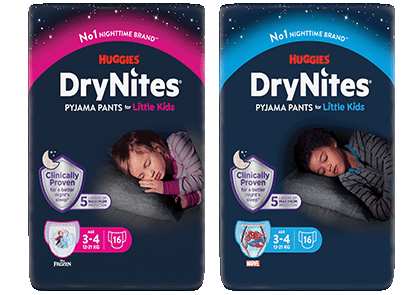Common ways to help children bedwetting at age four or below
Remember that night-time accidents for preschoolers are very common—in the UK, around 21% of all 4-and-a-half-year-olds wet the bed. These are suggestions that parents have found useful in helping their own child worry less, and sleep more.
1. What time for drinks?
My son really loves juice and often asks for it at dinner time.
I’ve tried to only offer juice at mealtimes as it’s quite bad for the teeth, but I started to wonder if it was also affecting his night wetting, as I read that juice can be a bladder irritant.
I changed the juice drink to lunch time, with just a small cup of water at dinner and it really helped.
Suggestion: Change the times when you offer drinks. Make sure your child is well hydrated during the day but minimise drinks after 5pm.

2. Easy loo routes
A few times, my daughter got up to use the loo when she was half asleep, and either missed the seat or weed on the floor or down her leg.
Her brothers teased her so much she would try and hold it in all night. So, we put a ‘magic loo’ (a potty) in her room with fairy lights and friendly toys that she could use if need be. It worked a treat.
Suggestion: Try making sure using the loo is the last thing your child does before bed. Make sure it’s easy to access at night: leave doors open and clear a route. Ensure there’s a child-size toilet seat and step stool available too and leave them in place overnight. It’s also worth having a potty in the bedroom so they don’t need to run to the loo. Finally, place a waterproof mat underneath the potty to protect the carpet.
3. Check they aren’t constipated
My son used to hold onto his poo, as he had had a movement that hurt and then he got scared to go.
Of course, this turned into a cycle, with him not wanting to use the loo and then having accidents.
It also led to him wetting himself as he tried to hold his pee too.
Suggestion: Check to make sure your child isn’t too scared to poo. Patience, reassurance, and persistence is key.

4. Try an earlier bedtime
Our daughter used to wake several times in the night needing the loo and would shout for us, sometimes making it to the loo on time and sometimes not.
We shifted her bedtime earlier so that even if her nights were broken, she could get the hours she needed.
This seemed to help with her concentration and eventually she stopped wetting the bed.
Suggestion: Let your child sleep through as much as possible and don’t wake them to use the loo, as this leads to tiredness which isn’t helpful. Tiredness can make everything seem worse and there’s a lot of playing and fun to be had during the day! If your child is over-tired from waking up wet at night, consider changing their bedtime or letting them sleep longer in the morning.
5. Get back to basics
Just before he turned four, my son had had a few dry nights and we thought, ‘we did it.’ Then he started having accidents.
I put him in a pair of DryNites® Pyjama Pants again for a month or two and then we tried again – this really worked.
So, if your child has the odd accident, don’t be afraid to take a step or two back and then try again after a few months.
Suggestion: Some children have a relapse, perhaps due to a stressful time, while others may have been potty trained a little too early. If you think this may be the case, don’t be afraid to go back a few steps. The combination of DryNites® Pyjama Pants and DryNites® Bed Mats will enable them to sleep soundly without the stress or anxiety of wetting the bed.

6. Talk it through
My daughter started wetting the bed for no reason and one day I sat with her and asked why she didn’t go to the bathroom.
It turned out she was afraid of the dark in the hall – the house is old and the furniture creaks quite a bit.
So, we started using a cute animal night light in her room, another on the stairs and one in the loo too, so she had ‘friends’ to help her along the route. This really helped her, and we realised the problem was not a bladder one, or a continence one.
Suggestion: Always be encouraging and positive with your child—even if you’re changing bedding and pyjamas in the middle of the night. It’s always important to make sure there is nothing bothering your little one. Sit down on the bed and have a cuddle and talk through their feelings about using the loo.
Sometimes you’ll find there is a reason you’ve not thought of – fear of the dark, stress in their life, not being able to open their door, or not being able to see properly at night. Once you know the reason, you can implement steps to stop it happening again.
7. Rule out a medical cause
My son would feel the wee coming but often it was just too late – he also urinated really frequently, often a tiny amount at a time, which was a problem at night.
Eventually he was diagnosed with an overactive bladder after a series of meetings with our GP, Health Visitor, and a continence nurse.
They were able to offer him treatment, but now we also make sure there’s a potty everywhere we go – in the car, next to the bed, in the kitchen.
Suggestion: Diabetes, urinary tract infections and other physical problems can lead to bedwetting, so if you’re concerned it might be the case with your child, make an appointment with your GP.
Your night-time checklist
Make sure you have all the following to hand:
- DryNites® Pyjama Pants
- DryNites® Bed Mats
- Plenty of clean bed linen
- Spare pyjamas
- Spare potties
- A toilet seat for kids and a step stool in the bathroom
- Night lights to make it easy to see the way to the loo
- A plastic bowl, flannel, and towel for easy clean-ups
With thanks to our parent panel for sharing their experiences.
A click away from a host of parenting expertise
It’s easy to get swamped with advice about bedwetting. We did the research to help you understand and support your child. Explore our advice hub, from bedwetting FAQs to top tips for sleepovers.


 your parenting partner
your parenting partner